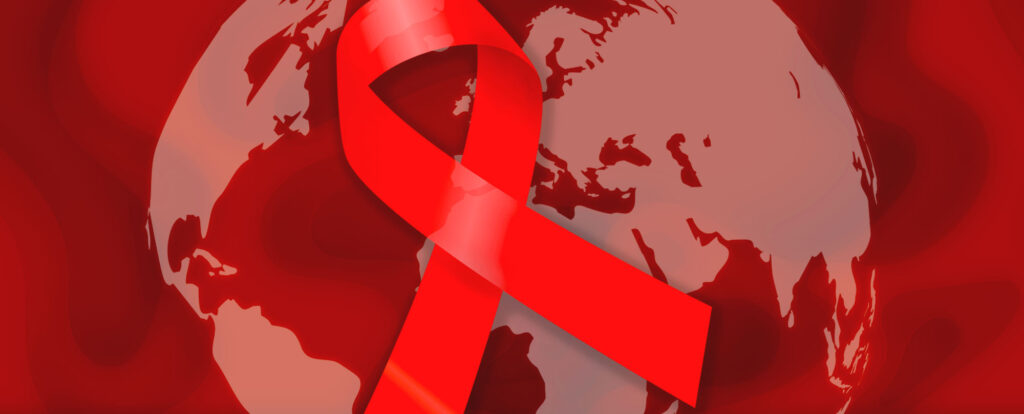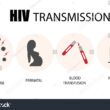HIV/AIDS
The Global Shadow: Epidemiology of HIV/AIDS Described
HIV/AIDS continues to be a major global public health concern. For the purpose of developing prevention and treatment plans, it is essential to comprehend the disease’s epidemiology, or the patterns, causes, and effects of the illness in communities. The prevalence, incidence, and distribution of HIV/AIDS around the world are examined in detail in this blog post.
Table of Contents

A Regrettable Fact: The Global HIV/AIDS Prevalence
The overall number of persons living with HIV at a given period is referred to as the prevalence. By the end of 2022, the World Health Organisation (WHO) projected that 39.0 million people worldwide were HIV positive. That is equivalent to about 0.7% of adults in the 15–49 age range.
These figures show development even if they also offer a worrying picture. There has been a notable decrease in the number of new HIV infections since the epidemic’s height in the late 1990s. Nonetheless, there are notable differences between the regions.
Unequal Burden: HIV/AIDS’s Geographic Distribution
Globally, the burden of HIV/AIDS is not borne equally. Below is a summary broken down by area:
- WHO African Region: With approximately 1 in every 25 adults (3.2%) living with HIV, this region is the most seriously afflicted. It represents more than two thirds of HIV-positive individuals worldwide.
- With the highest incidence rates globally, Eastern and Southern Africa is the sub-region of the WHO Eastern and Southern Africa: African Region that is most affected by the pandemic. Poverty, societal stigma, and restricted access to healthcare are some of the factors that add to this unequal burden.
- Other Areas: The epidemic still exists even if prevalence rates are lower in other areas like North America, Western and Central Europe, and so on. In certain places, the number of new infections is also increasing.
A blade with two edges: The prevalence and difficulty of new infections
The number of new HIV infections that occur in a community during a given time period is referred to as its incidence. Despite a 38% reduction in the global HIV incidence rate since 2010, an estimated 1.3 million people would contract the virus in 2022. This corresponds to almost five thousand new infections every day.
New infections are caused by a number of factors:
- Absence of access to preventive measures: Pre-exposure prophylaxis (PrEP) and condoms are two very effective ways to stop HIV from spreading. But the epidemic is exacerbated by poor access to these resources, especially in areas with a high burden.
- Important at-risk populations: Men who have sex with men (MSM), transgender individuals, and sex workers are among the populations that are more likely to contract HIV. Preventive initiatives must prioritise meeting these populations’ unique requirements.
- Discrimination and stigma: People may be prevented from getting tested, receiving treatment, and engaging in safe behaviours out of fear of prejudice and stigma.
A Sliver of Hope: The Struggle for Authority
Notwithstanding the obstacles, notable advancements have been achieved. The following are some positive trends:
- Greater accessibility to antiretroviral therapy (ART): Life-saving ART drugs are now available to millions of HIV positive individuals. Effective use of these drugs can suppress the virus to undetectable levels, greatly lowering the chance of spreading it to others and enhancing general health.
- Put prevention first: Global efforts are being made to better serve the needs of important populations, raise understanding of safe sexual behaviour, and expand access to preventative measures.
The battle against HIV/AIDS is far from ended, though. To manage the epidemic, more funding for research must be allocated, access to prevention and treatment programmes must be enhanced, and stigma must be addressed.
In conclusion: A concerted effort to combat HIV/AIDS
Knowing the epidemiology of HIV/AIDS enables us to support practical solutions. We can work towards a future free from the threat of HIV/AIDS by addressing the causes of new infections, recognising geographic inequities, and supporting continuing research and prevention initiatives.


